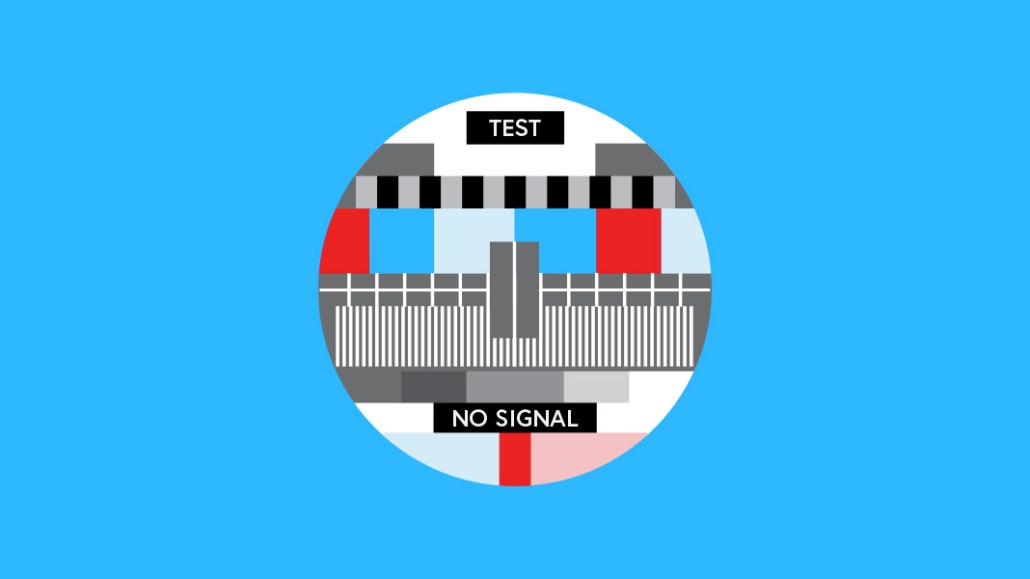Save 50% on a 3-month Digiday+ membership. Ends Dec 5.
The pitfalls of pivoting: Mix-and-match video ad tech is costing publishers

by Scott Alexander, COO, LKQD
In 2014, publishers attempting to “pivot to mobile video” were frustrated with the available technology. Video players often didn’t support video ad tech, and mobile video lacked the technology available on desktop.
Today, not all of these problems have been resolved, and some have even been compounded by publishers’ cobbling together of separate tools that each address discrete parts of the video advertising process.
As a result, publishers waste time logging into multiple different platforms to manage their ads and track their profits, all the while letting revenue slip through their fingers. Here are the challenges they’re facing:
A tough transition to HTML 5
The industry is moving away from Flash, but publishers are still navigating the transition to HTML5 creative. One of the biggest sticking points? Publishers have to say goodbye to all the ad revenue they used to derive from Flash formats.
The choice publishers must make, here, can feel like it’s all or nothing. Adopting HTML5 standards for video ads means Flash VAST and VPAID conforming ads will no longer be compatible with the publisher’s video player. The converse is also true, as publishers sticking with Flash, for the time being, will lose out on HTML5 VPAID formats. These conflicts have the combined effect of slowing down the inevitable HTML5 transition, costing publishers cash and critical inventory.
Ad position: web_incontent_pos1
If for example, 50 percent of a publisher’s programmatic ad revenue comes through Flash formats, then that publisher stands to temporarily lose half of their advertising income during the switch to HTML5. This costly transition period holds a lot of publishers back from throwing the HTML5 switch and forces them to keep running Flash-based ads, even though Flash is so six years ago.
Collaging a revenue package

Historically, publishers have used a traditional waterfall model to manage their sold deals, and prioritize which to run first. Today the landscape of tools and platforms connecting advertisers with publishers has become exponentially more complicated. Publishers now need to balance their direct-sold campaigns with
a growing programmatic demand. Meanwhile, advertisers are using more verification and traffic quality tools than ever. For publishers to tap into the entire advertising market, they require a solution for every form of demand.
In addition to this, demand-side platforms have spread their ad dollars across multiple channels in an effort to find the best performance. Diversifying in this way mitigates their risk of becoming too reliant on a single supply vendor. Publishers need to think more holistically about the demand landscape, rather than plugging in a single tag for any unsold inventory. In many cases, this means stringing together multiple demand solutions to get the most bang for their buck–up to a dozen of them at larger publications. Publishers now spend more time connecting the dots between various demand solutions than they do on actually optimizing the revenue packages they’ve so painstakingly created.
Ad position: web_incontent_pos2
Pitting direct against programmatic
As brands and agencies begin to earmark larger portions of their video spending for programmatic channels, publishers who work with them have to adapt, especially those publishers who are used to relying on direct sales to make up the entirety of their revenue.
Take your typical top-tier publisher, whose direct sales team has little trouble selling all or most of their digital video inventory. Now, that publisher has to ensure it has a robust programmatic solution in place in order to accept the same level of spending from their advertisers. On top of that, when direct and programmatic are managed in separate tools, there is no way to make them competitive. Without competition between demand sources, publishers risk creating a downward trend in their programmatic pricing. Without healthy competition, publishers lose money.
Unfortunately, direct sales teams often don’t have a way of incorporating programmatic bids into their sales practices in real time. Money, lost.
Playing broken telephone
 The publisher video ad toolkit is eclectic. For instance, players made by one vendor have to run ads through a different third-party server, and publishers are left with a wasteful process involving multiple partners. Ultimately, publishers could be looking at separate vendors for video players, creative hosts, direct deals, programmatic deals, non-guaranteed deals and data management platforms.
The publisher video ad toolkit is eclectic. For instance, players made by one vendor have to run ads through a different third-party server, and publishers are left with a wasteful process involving multiple partners. Ultimately, publishers could be looking at separate vendors for video players, creative hosts, direct deals, programmatic deals, non-guaranteed deals and data management platforms.
Publishers seeking to address the problems that arise from using multiple tools and vendors may as well be starting a game of (broken) telephone. Instead of solving problems, ad ops teams waste valuable time and resources pinpointing problems that crop up between third-party video players and third-party ad players. Too often they find themselves mediating instead of troubleshooting.
Even more frustrating, some vendors may have an incentive to communicate poorly with other partners.
Not Excel-ing at revenue tracking
Regardless of how much money publishers make on video ads, it’s hard for them to come up with numbers. Figuring out a day’s worth of revenue across multiple different demand partners still, means pulling numerous reports and merging spreadsheets on Excel.
Time is money, and an Excel spreadsheet is no way to measure either in 2017.
Conclusion
When it comes down to it, publishers perform a balancing act with video ads. They’re using separate platforms to manage programmatic and direct and create a complicated scenario in which too many tools are linked together in an uneasy chain.
These mix-and-match toolkits leave publishers overtasked, underfunded and hoping for a better way to manage video advertising–one that involves fewer partners and zero balancing act.
More from Digiday

Ulta, Best Buy and Adidas dominate AI holiday shopping mentions
The brands that are seeing the biggest boost from this shift in consumer behavior are some of the biggest retailers.

Digiday+ Research Subscription Index 2025: Subscription strategies from Bloomberg, The New York Times, Vox and others
Digiday’s third annual Subscription Index examines and measures publishers’ subscription strategies to identify common approaches and key tactics among Bloomberg, The New York Times, Vox and others.

U.K. retailer Boots leads brand efforts to invest in ad creative’s data layer
For media dollars to make an impact, brands need ad creative that actually hits. More CMOs are investing in pre- and post-flight measurement.
Ad position: web_bfu